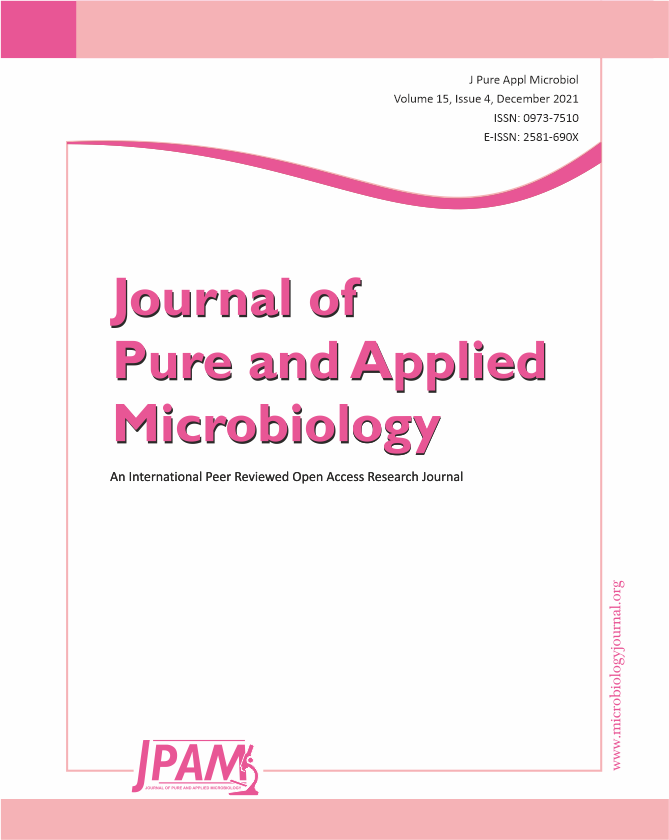The medicinal plant C. roseus synthesizes biologically active alkaloids via the terpenoid indole alkaloid (TIAs) biosynthetic pathway. Most of these alkaloids have high therapeutic value, such as vinblastine and vincristine. Plant signaling components, plant hormones, precursors, growth hormones, prenylated proteins, and transcriptomic factors regulate the complex networks of TIA biosynthesis. For many years, researchers have been evaluating the scientific value of the TIA biosynthetic pathway and its potential in commercial applications for market opportunities. Metabolic engineering has revealed the major blocks in metabolic pathways regulated at the molecular level, unknown structures, metabolites, genes, enzyme expression, and regulatory genes. Conceptually, this information is necessary to create transgenic plants and microorganisms for the commercial production of high-value dimer alkaloids, such as vinca alkaloids, vinblastine, and vincristine In this review, we present current knowledge of the regulatory mechanisms of these components in the C. roseus TIA pathway, from genes to metabolites.
Metabolites, Vinblastine and Vincristine, Plant signalling components, Terpenoid indole alkaloids, Transcriptomic factors
© The Author(s) 2021. Open Access. This article is distributed under the terms of the Creative Commons Attribution 4.0 International License which permits unrestricted use, sharing, distribution, and reproduction in any medium, provided you give appropriate credit to the original author(s) and the source, provide a link to the Creative Commons license, and indicate if changes were made.


